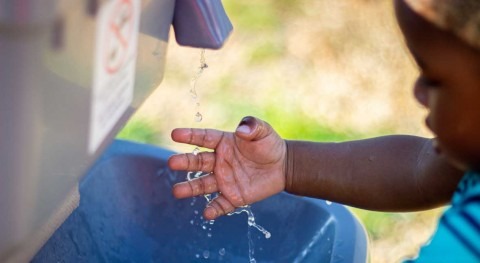Almost 8 million Texans still had problems with their water supply as of last Monday as a result of a winter storm that caused widespread power losses, reported Reuters. According to Governor Greg Abbott, about 3.5 million bottles of water were distributed across the state. Even after power was restored, people were advised to boil water before using it.
Why were many people in Texas without water or advised to boil their water? According to the Texas Commission on Environmental Quality (TCEQ), water systems were unable to treat water at treatment facilities or to pump it into their distribution networks when they lost power. Utilities have generators, but they are also affected by cold temperatures. Main breaks, mechanical failures, frozen or broken water lines, and increased water demand – faucets were left open to prevent pipes from freezing – are some of the problems water systems had to deal with. Water pressure fell across the state’s water systems; low distribution pressures as well as water outages, trigger a Boil Water Notice (BWN) under TCEQ rules. After normal operations are resumed, including power restoration and required pressure levels, water needs to be tested to ensure water is safe to drink.
Can any lessons be learned to improve the resilience of critical water and power infrastructure? The power grid in Texas is managed by the Electric Reliability Council of Texas (ERCOT). While frozen wind turbines were initially blamed for power outages, Dan Woodfin, a senior director at ERCOT, said that was the least significant factor in the blackouts, and the main factors were frozen instruments at natural gas, coal and nuclear facilities, together with limited supplies of natural gas, which accounts for roughly half of the electrical generation capacity in the state. The Texas power grid is not connected to other networks beyond the state, so utilities could not obtain power from other states even if they wanted.
After severe winter weather caused similar problems in Texas in 2011, investigations by federal regulators recommended to winterize the energy infrastructure in the state, but the cost was deemed too high and the recommendations ignored. Yet, as the trend towards more extreme weather events is clear across the globe, the financial losses of not being prepared may be much higher than investing in resilience. The Insurance Council of Texas expects hundreds of thousands of claims, and has said the storm could be the costliest weather-related event in the state’s history.








